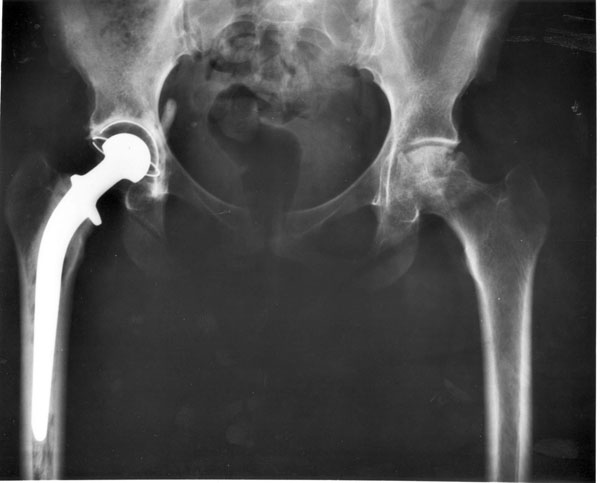A new class of anti-biofilm compounds extracted from marine-based microorganisms may be effective at treating drug-resistant bacteria that are commonly identified in patients with hospital-acquired infections. The research – conducted by scientists at the University of Michigan Life Sciences Institute and School of Public Health – may help physicians and other primary care providers treat complicated bacterial infections.
The researchers tested the compounds – known as cathuitamycins – in cell culture, and found that the extracts were successful at preventing Acinetobacter baumannii bacteria from forming a protective biofilm. The results of the research were published yesterday in the journal, Nature Communications.
Biofilms are sticky substances produced by bacterial communities to help them adhere to surfaces, and protect them from antibacterial agents. These biofilms can form on prosthetic implants and medical devices, and are often impervious to traditional sterilization techniques.
Biofilm-associated bacterial infections are especially dangerous in a hospital setting, as some patients – including those taking immunosuppressant drugs – may have a weakened immune system. According to the researchers involved in the study, there are no approved drugs to treat biofilms on the market.
“This is why preventing biofilm formation is such an important research target,” said Ashootosh Tripathi, a research fellow at the University of Michigan. In addition, A. baumannii has increasingly been displaying resistance to many front-line antibiotics, complicating treatment options.
The newly-identified anti-biofilm compounds were discovered by high-throughput screening of thousands of compounds contained within the “natural product” extracts library maintained by the Life Sciences Institute. Many of these compounds are drug-like, and were collected from marine microorganisms from around the world.
The cathuitamycin compounds were isolated from Streptomyces gandocaensis bacteria, which was collected in 2007 off the coast of Costa Rica. The high-throughput screening was conducted at the Center for Chemical Genomics.
In addition to identifying the compound that was most effective at inhibiting biofilm formation by A. baumannii, the researchers also synthesized two more potent analogues of the substance. “As antibiotic resistance becomes an increasingly important global health concern, marine microorganisms have a great – and largely untapped – potential to provide new classes of antibiotics and anti-biofilm compounds,” said David Sherman, the Hans W. Vahlteich Professor of Medicinal Chemistry and associate dean for research and graduate education at the University of Michigan College of Pharmacy.
“This new class of biofilm inhibitors provides a foundation toward the development of safe and effective drugs to limit or prevent biofilm formation,” said Sherman. An anti-biofilm drug could be introduced into the body in a systemic manner – much like antibiotics – or, the compound could be applied topically to a medical implant or catheter.












Join or login to leave a comment
JOIN LOGIN